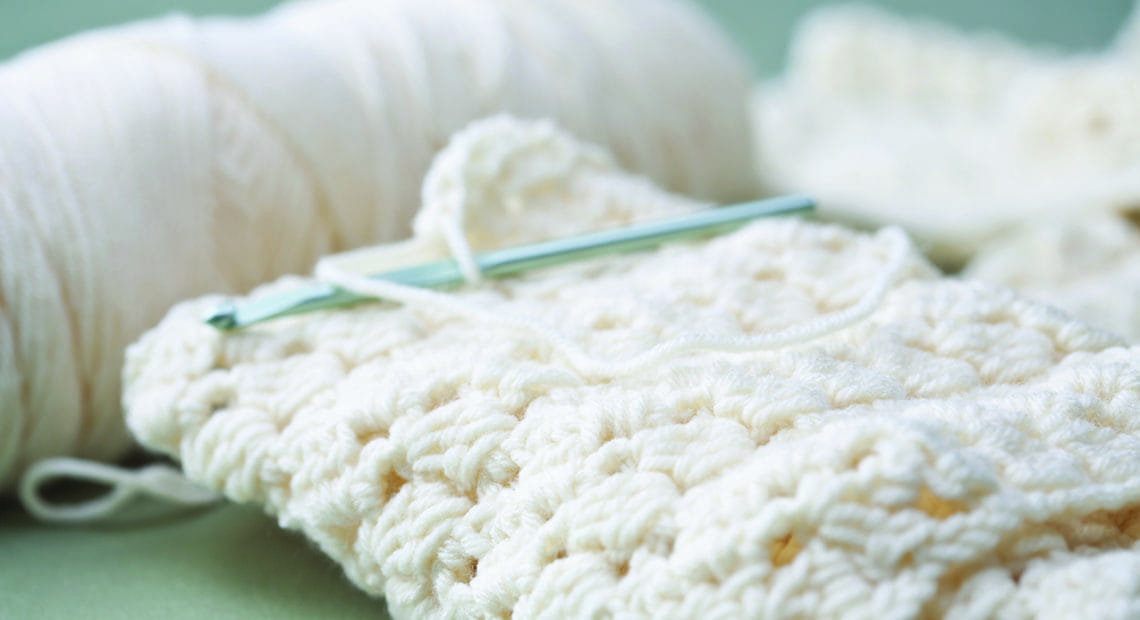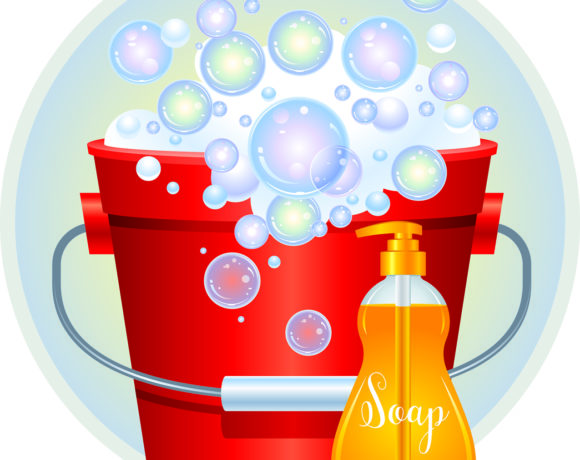Hobbies provide an opportunity to learn new skills, meet people, earn a little extra money, and keep minds sharp. Peruse the aisles of a home improvement retailer or craft store and you’re likely to find many different ideas for keeping busy.
When visiting the yarn aisle of a favorite shop, shoppers may be inspired to create everything from scarves to sweaters and more. This is entirely possible for those who care to learn the art of crochet.
Crochet is a type of yarn work named after the hook that is used in the process. Crochet is derived from the French word “croche,” which means “hook” or “hooked.” Historians believe the art was connected to the French tambour embroidery of the 18th century. Books reference the use of ivory, bone or wooden hooks and steel needles. The word “crochet” first appeared in the Dutch magazine Penélopé in 1823. The first English reference to garments made of cloth produced by looping yarn with a hook occurred in “The Memoirs of a Highland Lady” by Elizabeth Grant, which was written between 1845 and 1854.
Crochet creates garments by making interlocking loops of fiber, whether it’s yarn, thread or even twine. Various projects can be made from this craft, but blankets, scarves and hats are among the most popular. Crochet doesn’t require a lot of supplies to get started; in fact, all you really need is yarn, a hook, scissors, and some knowledge of the more basic stitches.
To crochet, one starts with a slipknot in the yarn, which will provide the anchor by which the yarn is initially cast onto the hook. Crocheting begins with making a chain, which is repeatedly passing the crochet hook underneath the string of yarn to grab on to it and drawing it through the previous loop. This is repeated until the desired length is reached. The next stitch to learn is the single crochet, which even in its most basic form can be used to create blankets or garments. As you gain confidence with basic stitches and projects, you can eventually move on to more complex stitches.
One of the keys to crocheting is to grow familiar with the patterns and abbreviations. Abbreviations are used to make project instructions more concise. For example, rather than writing “chain thirty stitches,” one will see “ch 30.” Single crochet becomes “sc,” double crochet is “dc” and triple/treble crochet “tc.” Double and triple stitches produce taller stitches. Here is an example of a round of stitches for a project: Ch 2, Dc 5. Dc 2, ch 2, dc 2 around the ch2-space. Repeat {Dc 7. Dc 2, ch 2, dc 2 around the ch2-space} 3 times. Dc 2. = 52 sts. The last number represents the number of stitches you should have, so you can look for this number to ensure that you followed the pattern correctly.
The next tip is to recognize that certain gauge hooks are required, as is the weight of yarn or other material for projects. Hooks are sold in millimeter size, or a letter or number gauge. For example, 4.0 mm, G/6 size. The pattern should list how large the finished project will be if you follow the recommendations for hook size and yarn weight.
Learning to crochet can be a worthwhile venture. It may take a little time to grow comfortable with the language and technique, but as you gain more experience, you can try more complex patterns. Fortunately, there are plenty of online tutorials that demonstrate stitches for those who want to see before doing.








Recent Comments